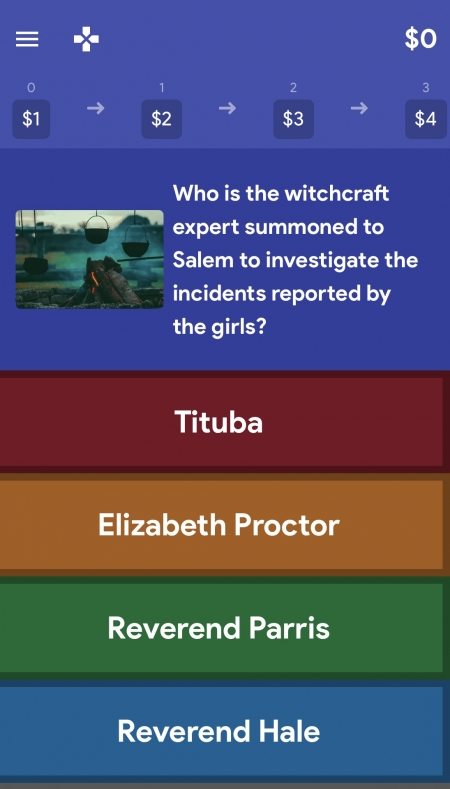Free assessment apps available

Gimkit uses a quiz-show format with multiple-choice questions to assess students.
Whether in person or remote, digital assessments stand the test of time. Online forms of assessments can be huge timesavers for educators by providing quick data, instantly compiling student answers and even reducing the amount of grading.
Below are some online apps that can be engaging — dare we say fun — for students while serving as effective evaluation tools for teachers. Some of these sites use music, video and gaming elements to create compelling experiences for students while the teacher gathers valuable results. All are free for K–12 educators at their basic levels.
Kahoot is entertaining and competitive and has the look and feel of an online game. Many quizzes have already been created for use, but you can also create your own and students can create them for each other. Kahoot is great for checks for understanding and for formative assessments.
Google Forms Quizzes. You have a choice of different styles of questions — multiple choice, scales, short answer or a combination. Student answers automatically populate a spreadsheet within Google Drive. You can also create self-grading quizzes.
Parlay is a robust online discussion board format. You can choose from thousands of available topics or create one of your own to assign. Students can respond as themselves or you can opt for anonymous answers to take the temperature of the classroom.
Gimkit. This app uses a quiz show format to assess students. Users answer multiple-choice questions and are given “cash” prizes for correct answers and deductions for wrong answers. Assignments are automatically graded.
EdPuzzle. Teachers can take videos from different sources, such as YouTube or Khan Academy, and insert questions for students to answer at intervals of their choice. Answers are recorded, as is data such as how many students watch the video. If they replay certain sections, that is tracked. You can also upload your own video or narration to customize your content.
Plickers takes a little setup but once you have it in place, it provides an easy way for teachers to scan student assessment results instantly into their own devices. No student devices needed. Best for polls, exit slips and checks for understanding.
GoSoapBox. When you set up an event in GoSoapBox for your class, you assign one of many styles of responses: a confusion barometer, polls, quizzes or a discussion tool. The app is available on computers and mobile devices, so it can also serve as a homework tool. The social Q&A feature allows students to ask questions they might not have had the time, or courage, to ask in class.
Most of these digital platforms are best used for checks for understanding or for diagnostic or formative assessments. Summative assessments can be more difficult to hold online because students may be Googling for information or texting answers to classmates. Digital summative assessments can be conducted, however, by focusing on assignments that demonstrate higher-order thinking skills and original thought, such as writing-based assignments or creative projects, rather than simple responses that can be easily sourced, shared or copied.
Sandy Scragg is an instructional technology specialist with more than 20 years of experience in New York City public schools.